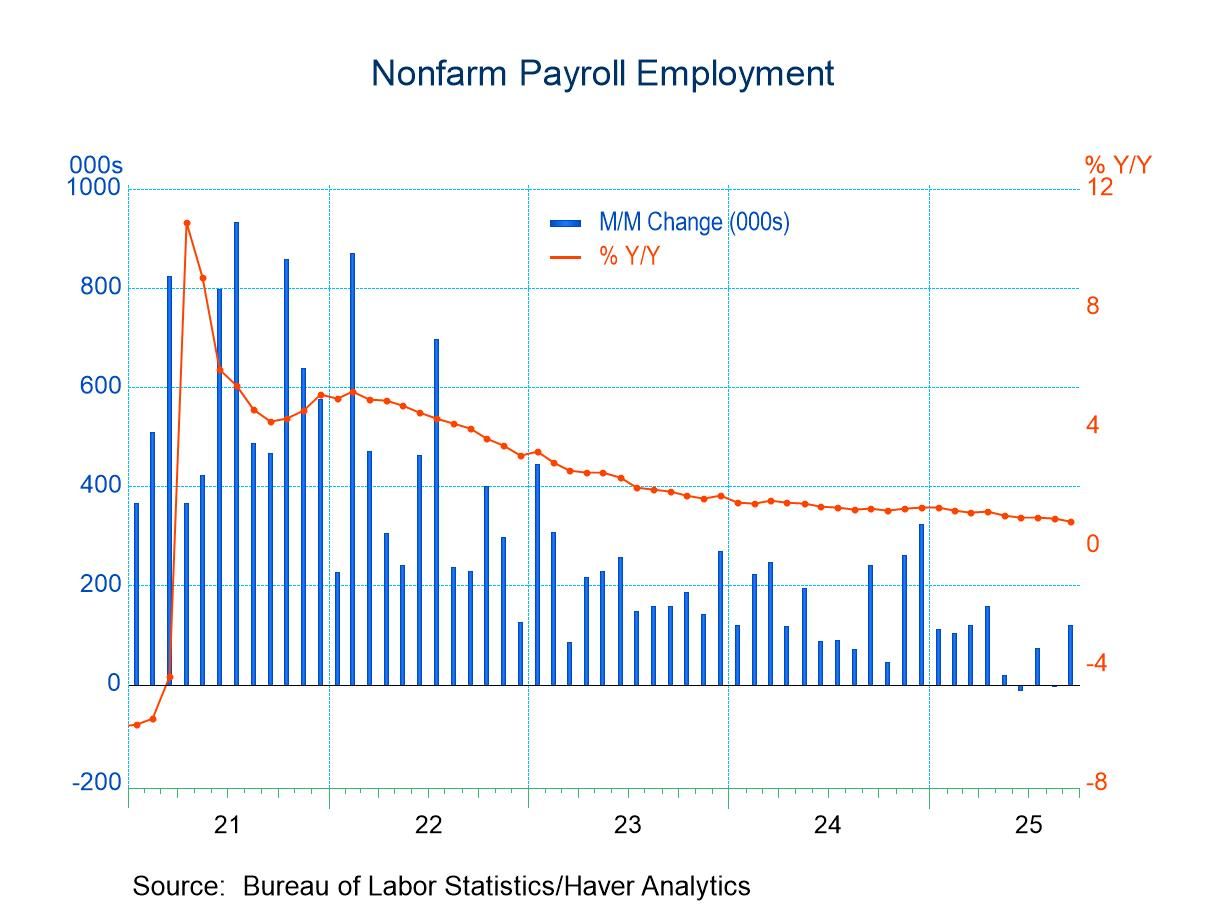U.S. Consumer Credit Growth Slows in August After July’s Surge
Summary
- Consumer credit growth hits a six-month low.
- Revolving credit sees the first m/m decline since May.
- Nonrevolving credit posts the smallest m/m increase since March.
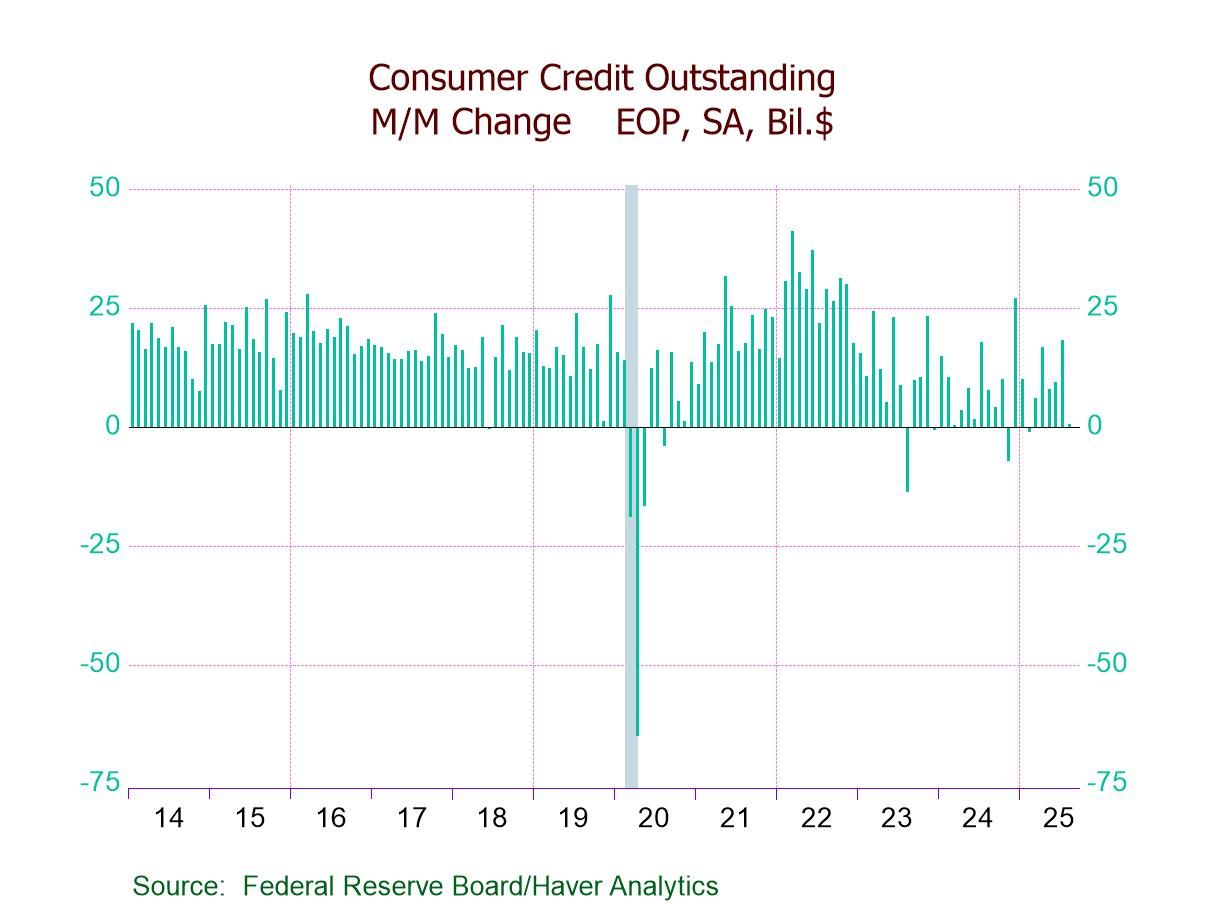
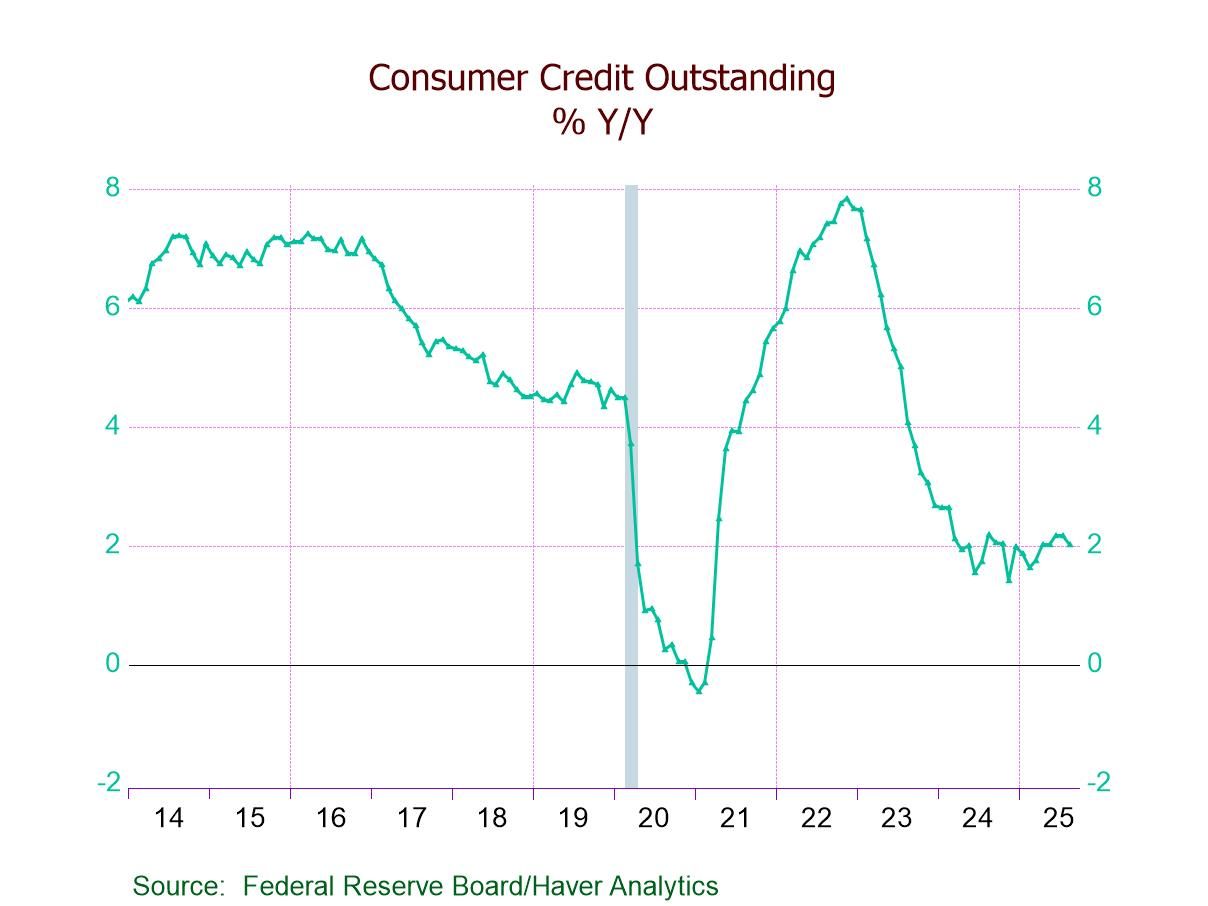
Consumer credit outstanding increased a smaller-than-expected $0.4 billion (2.0% y/y) in August following an $18.1 billion surge in July ($16.0 billion initially) and a $9.2 billion rise in June ($9.6 billion previously), data from the Federal Reserve Board showed. The August reading was the smallest m/m increase in six months, signaling cooling consumer demand. A $14.0 billion rise had been expected in the Action Economics Forecast Survey. The ratio of consumer credit outstanding to disposable personal income dipped to 22.0% in August after holding at 22.1% for three straight months.
Revolving consumer credit outstanding, which includes credit cards, fell $6.0 billion (+2.6% y/y) in August, the first m/m fall since May, after rising $11.2 billion in July ($10.5 billion initially) and $0.7 billion in June ($0.8 billion previously). Revolving credit outstanding held by depository institutions declined 2.8% y/y in August, the deepest y/y decrease in nine months. Revolving credit held by finance companies fell 12.8% y/y in August after falling 13.8% y/y in July, while borrowing from credit unions rose 3.7% y/y, marginally up from July’s 3.6% y/y.
Nonrevolving consumer credit outstanding rose $6.3 billion (1.8% y/y) in August, the smallest m/m rise since March, after increasing $6.9 billion in July ($5.5 billion initially) and $8.5 billion in June ($8.8 billion previously). Nonrevolving credit held by depository institutions fell 7.1% y/y in August after falling 7.6% y/y in July, marking the smallest y/y decline since November 2024. Finance company debt holdings fell 2.1% y/y in August, the deepest y/y fall in four months, on top of a 1.5% drop in July, while credit union holdings advanced 11.6% y/y in August, the highest y/y rate in six months. Nonrevolving debt of the federal government rose 3.6% y/y, the smallest y/y pace since April, after a 3.9% y/y July rise.
The consumer credit figures from the Federal Reserve Board are break-adjusted and calculated by Haver Analytics. The breaks in the series in 2005, 2010 and 2015 are the result of the incorporation of data from the Census and the Survey of Finance Companies, as well as changes in the seasonal adjustment methodology. The consumer credit data are available in Haver’s USECON database. The Action Economics forecast figures are contained in the AS1REPNA database.
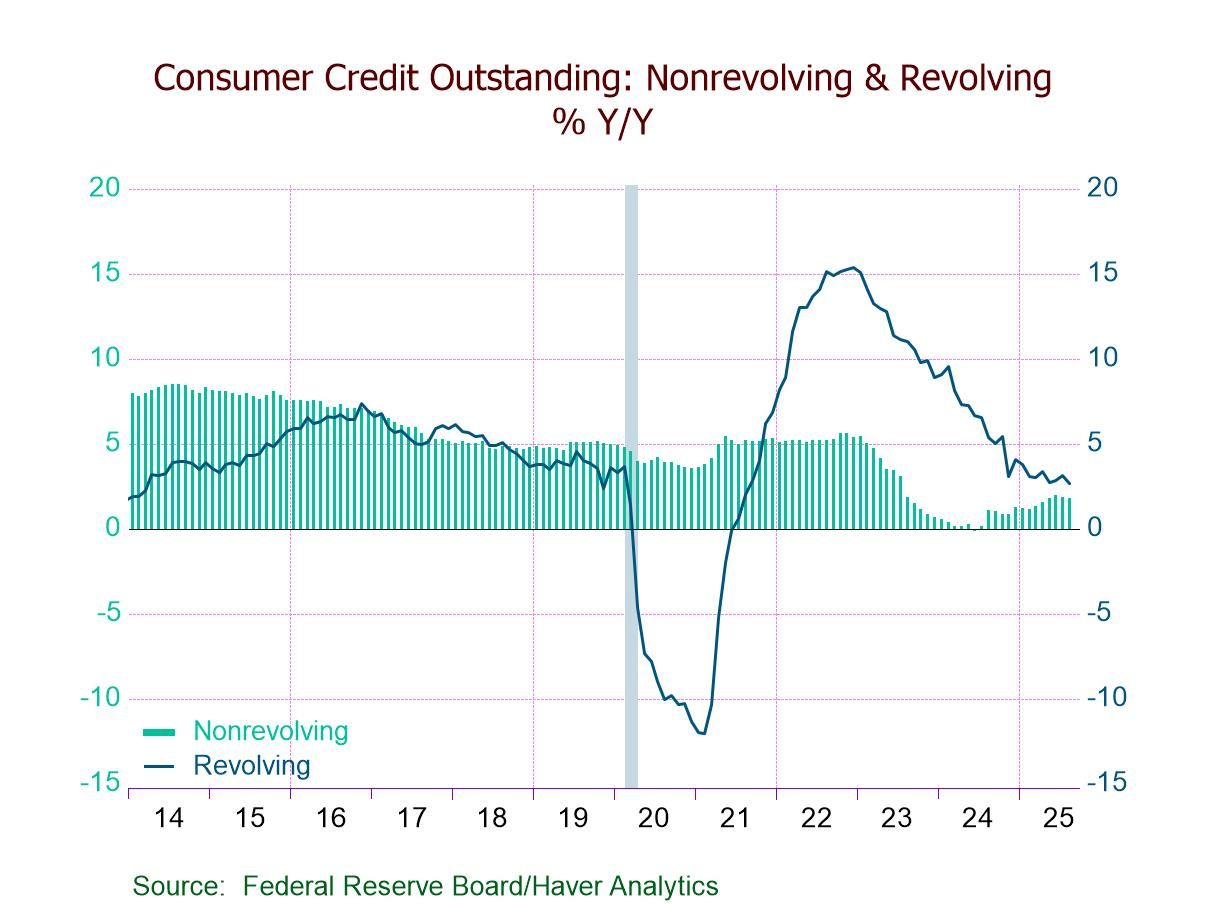
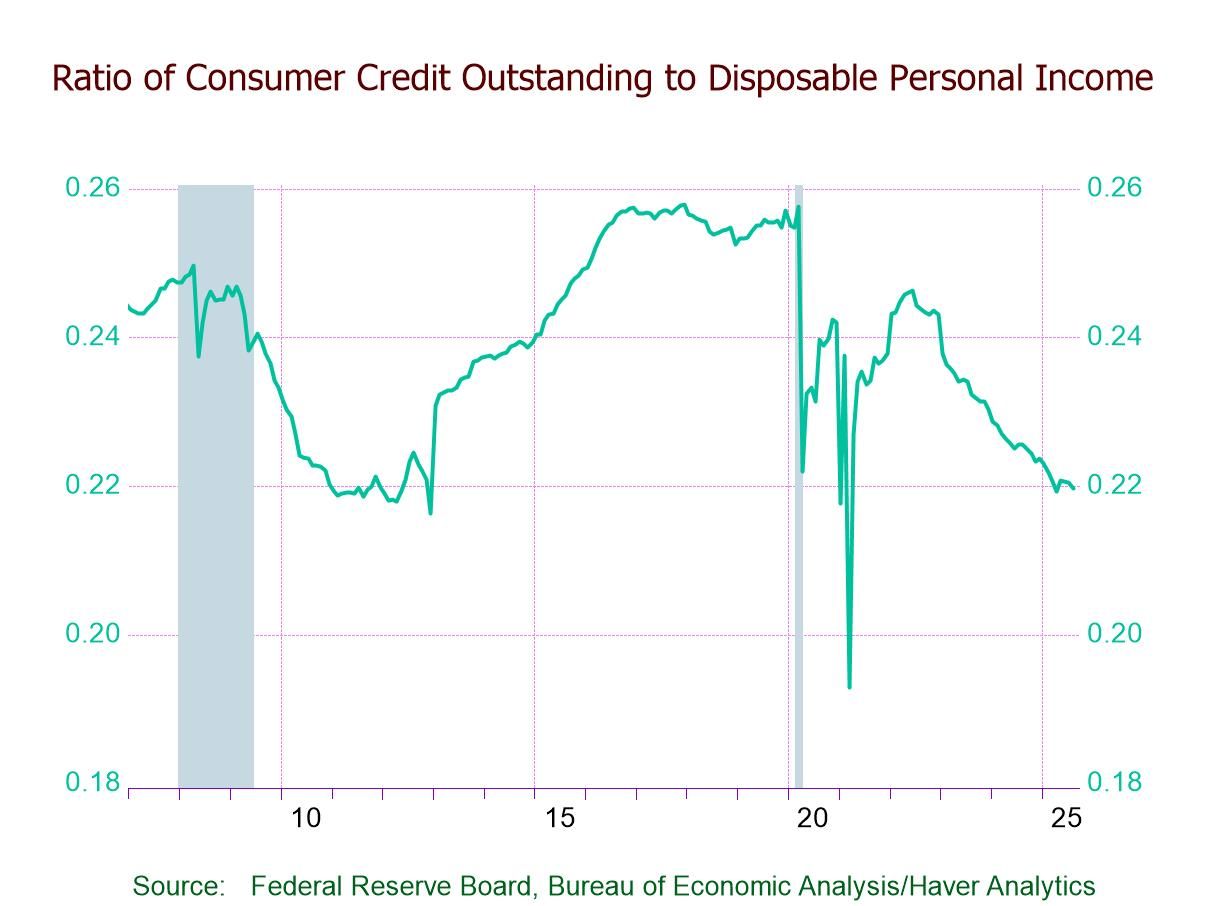
Winnie Tapasanun
AuthorMore in Author Profile »Winnie Tapasanun has been working for Haver Analytics since 2013. She has 20+ years of working in the financial services industry. As Vice President and Economic Analyst at Globicus International, Inc., a New York-based company specializing in macroeconomics and financial markets, Winnie oversaw the company’s business operations, managed financial and economic data, and wrote daily reports on macroeconomics and financial markets. Prior to working at Globicus, she was Investment Promotion Officer at the New York Office of the Thailand Board of Investment (BOI) where she wrote monthly reports on the U.S. economic outlook, wrote reports on the outlook of key U.S. industries, and assisted investors on doing business and investment in Thailand. Prior to joining the BOI, she was Adjunct Professor teaching International Political Economy/International Relations at the City College of New York. Prior to her teaching experience at the CCNY, Winnie successfully completed internships at the United Nations. Winnie holds an MA Degree from Long Island University, New York. She also did graduate studies at Columbia University in the City of New York and doctoral requirements at the Graduate Center of the City University of New York. Her areas of specialization are international political economy, macroeconomics, financial markets, political economy, international relations, and business development/business strategy. Her regional specialization includes, but not limited to, Southeast Asia and East Asia. Winnie is bilingual in English and Thai with competency in French. She loves to travel (~30 countries) to better understand each country’s unique economy, fascinating culture and people as well as the global economy as a whole.




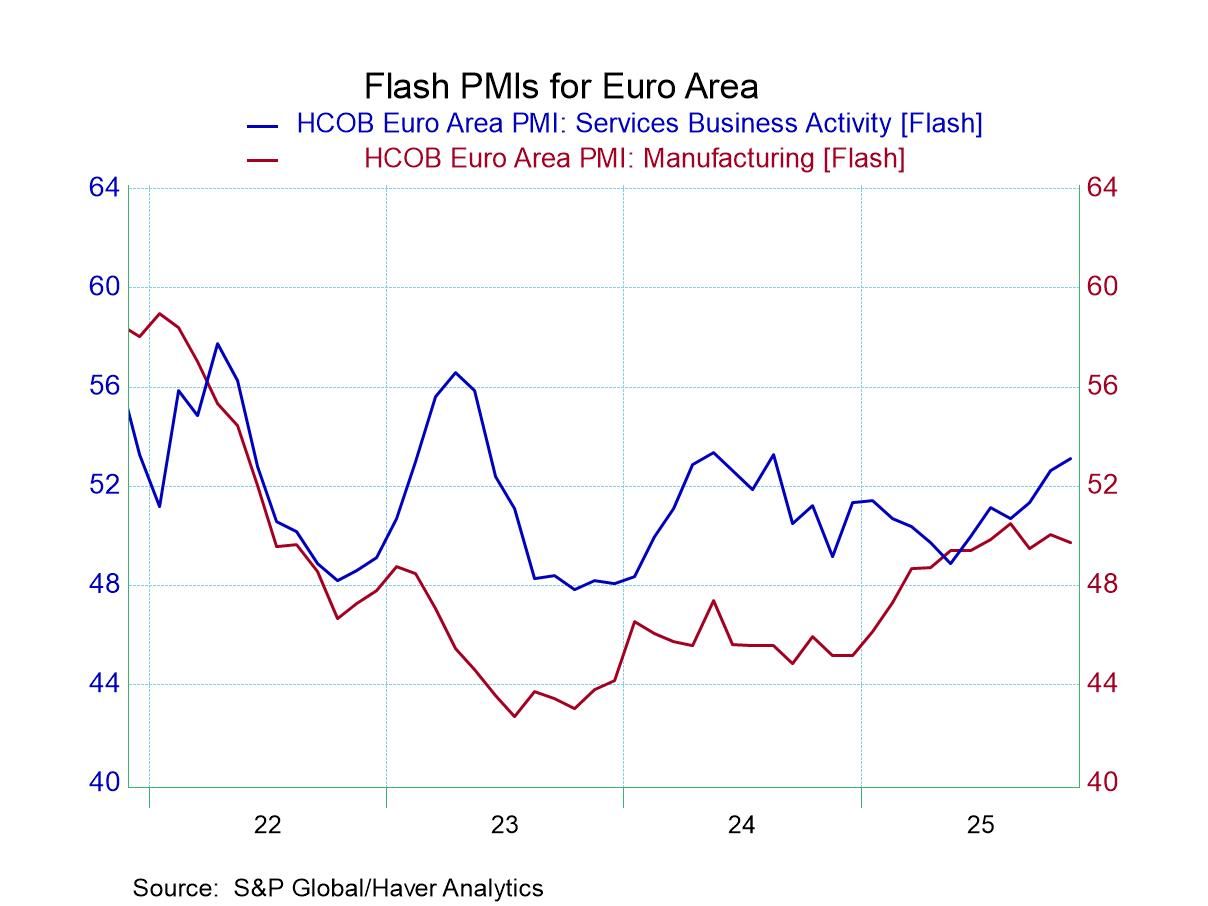
 Global
Global